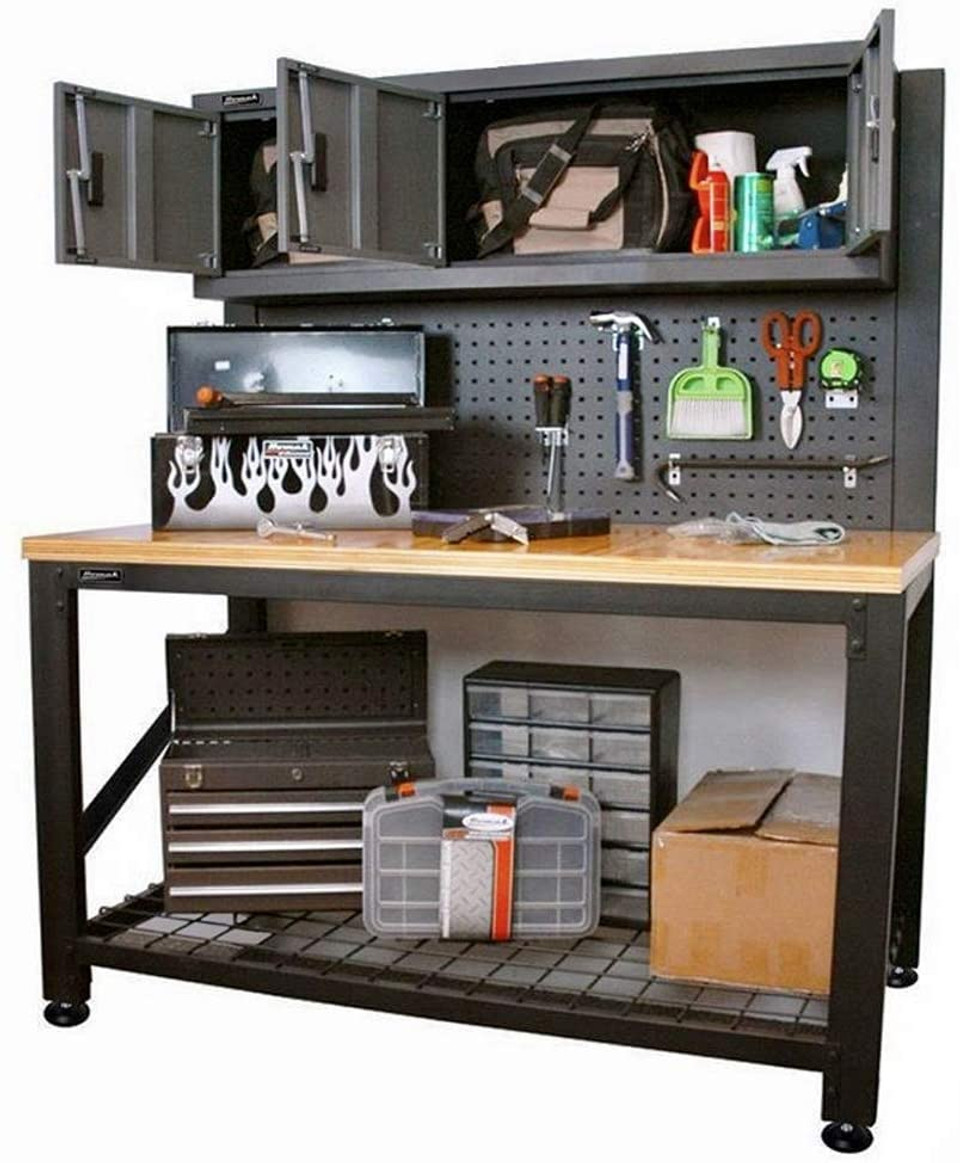Trimming or removing trees close to your home is crucial for maintaining safety and preserving your property’s structural integrity. Trees can pose risks, especially during severe weather conditions, making it essential to manage them proactively. This blog will guide you through the process of safely trimming or removing trees, highlight the necessary tools, provide cost insights, and discuss future considerations to help you manage your home’s surroundings effectively.
Pros of Trimming or Removing Trees
- Enhanced Safety: Removing hazardous trees reduces the risk of damage to your home and injury to inhabitants.
- Improved Health of Other Plants: Removing or trimming trees can provide more light and space for other plants to thrive.
- Aesthetic Appeal: Properly trimmed trees enhance the visual appeal of your property.
- Increased Property Value: Well-maintained trees can boost property value by improving curb appeal.
- Preventative Maintenance: Regular trimming helps detect and mitigate potential problems early.
Trimming or removing trees near your house helps prevent potential damage and maintains the overall health of your garden. It is a proactive approach to property maintenance that not only ensures safety but also enhances the aesthetic and economic value of your home.
Cons of Trimming or Removing Trees
- Cost: Depending on the size and number of trees, the cost can be significant.
- Time-consuming: The process can be lengthy, especially if multiple trees need attention.
- Potential Damage: Improper techniques can lead to more harm than good.
- Legal Issues: There are often municipal regulations governing tree removal.
- Environmental Impact: Removing trees can disrupt local ecosystems and wildlife.
While tree maintenance is essential, it comes with its set of challenges. Homeowners need to consider the potential downsides, such as the impact on local wildlife and the need for professional assistance to avoid complications.
Recommended Tools for the Project
- Chainsaw: Essential for cutting thick tree limbs and trunks.
- Loppers: Ideal for trimming smaller branches.
- Pruning Saw: Useful for precision cutting.
- Stump Grinder: For removing remaining tree stumps.
- Safety Gear: Includes gloves, goggles, and helmets.
Using the right tools is crucial for efficiently and safely conducting tree maintenance. Investing in quality tools not only facilitates the work but also ensures safety during the process.
Comparisons: DIY vs. Professional Tree Removal
- DIY: Less expensive but requires time and the right tools. Suitable for small jobs.
- Professional: More costly but includes expert assessment and complete removal. Ideal for large or risky projects.
Choosing between DIY and professional tree removal depends on the scale and complexity of the job. While DIY can save money, professional services provide expertise and peace of mind, especially for complicated or large-scale removals.
Tips & Tricks for Effective Tree Management
- Regular Inspection: Check trees seasonally for signs of decay or instability.
- Right Timing: Trim or prune trees during their dormant season to minimize stress.
- Proper Techniques: Use the correct cutting techniques to promote healthy growth.
- Debris Management: Ensure to clean up after trimming or removal to prevent hazards.
- Consult Experts: When in doubt, consult with an arborist or tree service professional.
Effective tree management ensures the longevity and health of your trees while maintaining your property’s safety and aesthetic value.
FAQs About Tree Maintenance Near Homes
- Q: How often should I trim my trees?
- A: Generally, trees should be trimmed every 3 to 5 years, but the frequency can vary based on species and health.
- Q: Can I remove a tree myself?
- A: Yes, for smaller trees. However, for larger or more hazardous trees, it’s safer to hire professionals.
- Q: What should I do with the removed tree?
- A: Consider repurposing the wood for furniture or as firewood, or have it hauled away by a removal service.
Addressing these common questions helps homeowners make informed decisions about tree management to ensure safety and efficiency.
Cost Considerations for Tree Trimming and Removal
The cost of trimming or removing trees varies widely based on the tree size, location, and complexity of the job. Homeowners can expect to spend anywhere from $150 for simple trimming to over $2,000 for removing large trees. Budgeting for tree maintenance should also include potential costs for professional assessments and emergency services, ensuring that homeowners are not caught off guard by unexpected expenses.







